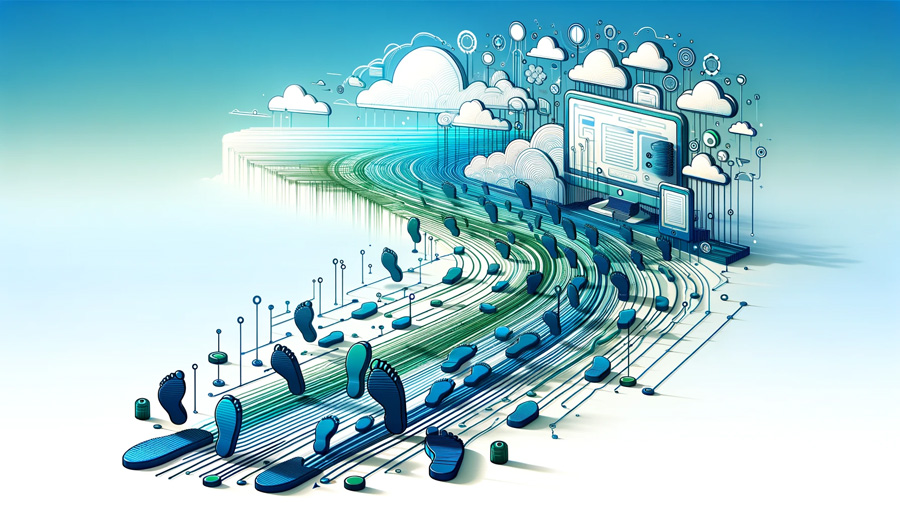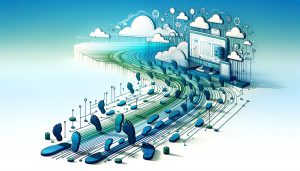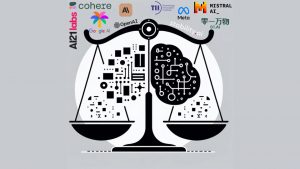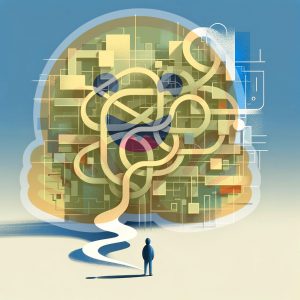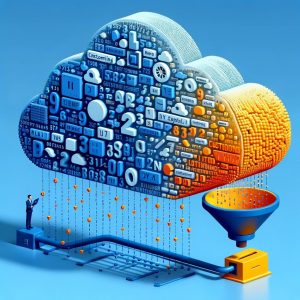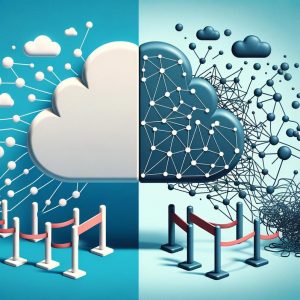In today’s professional landscape, the bulk of office tasks —spanning roles such as accountancy, secretarial duties, marketing, sales, and human resources— are executed manually in front of computer screens. This manual handling of office work, though necessary, often fails to leave behind any digital trace or record, which can lead to notably undesired consequences. For example, this absence of digital footprints means that such tasks cannot be formally recognized as part of an individual’s work contribution, or that are beyond the reach of audits for various critical aspects (like performance and legality), or that cannot be replicated without direct, person-to-person instruction.
Enter the era of Office Automation
Office Automation empowers individuals to connect and automate the applications they use for their day-to-day office tasks. But the benefits of office automation extend far beyond mere convenience. It systematically records every action, every process, creating a comprehensive digital footprint of all office work. These digital footprints provide a detailed audit trail for carrying out historical analysis of office automations, documenting when and why automations were triggered, the data involved, and which applications were engaged.
The implications for businesses are profound. Companies that integrate office automation tools are not only poised to streamline their internal processes but also gain invaluable insights into their employees’ capabilities and contributions. This digital documentation facilitates a new level of operational transparency and efficiency, allowing for the meticulous audit of work processes and fostering a culture of continuous improvement.
Office Automation for everyone: Process Talks
The shift toward office automation has been notably accelerated by the advent of Generative AI, making sophisticated office automation platforms more accessible to a wider audience. A noteworthy example includes platforms like Process Talks, which democratize the creation and management of office automations. This transition echoes the rise of Process Mining over the last decade—a field that has grown significantly due to the availability of digital records of organizational processes. Process Mining leveraged digital footprints to unlock a deeper understanding and optimization of business operations.
Our CEO, Josep Carmona, which was among the pioneering researchers helping establish the Process Mining field 15 years ago (you can see some of his books here), sees a clear parallelism between the early days of ERP/BPM systems, which facilitated the recording of process behaviors, and today’s office automation technologies. Just as ERP/BPM systems laid the groundwork for Process Mining, current office automation tools are setting the stage for advanced analysis and office work optimization. Carmona’s foresight and contribution to Process Mining underline the transformative potential of embracing office automation—heralding a future where every click, every task, contributes to a richer, data-driven understanding of organizational efficiency.
Conclusion
In conclusion, the movement towards widespread office automation represents not just a shift in how work is done, but a fundamental change in how work is understood and valued. By leaving behind digital footprints, employees and organizations can now unlock new levels of accountability, efficiency, and insight. The future of work is not just automated; it’s informatively transparent, analytically rich, and infinitely scalable. As we stand on the cusp of this new era, it’s clear that the digital footprints we leave today will pave the way for the innovations of tomorrow.
Do you want to start your office automation journey with the Process Talks automation platform? Reserve a slot to have a personalized demo here.

